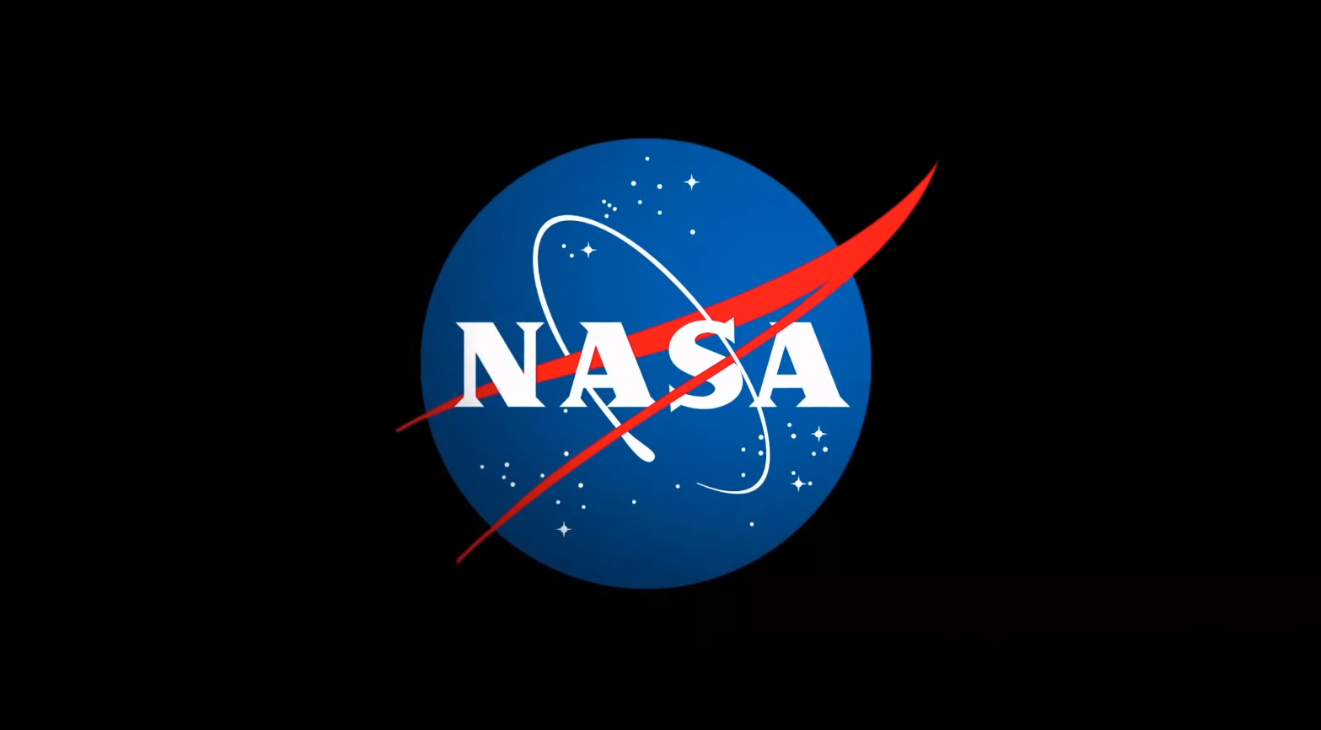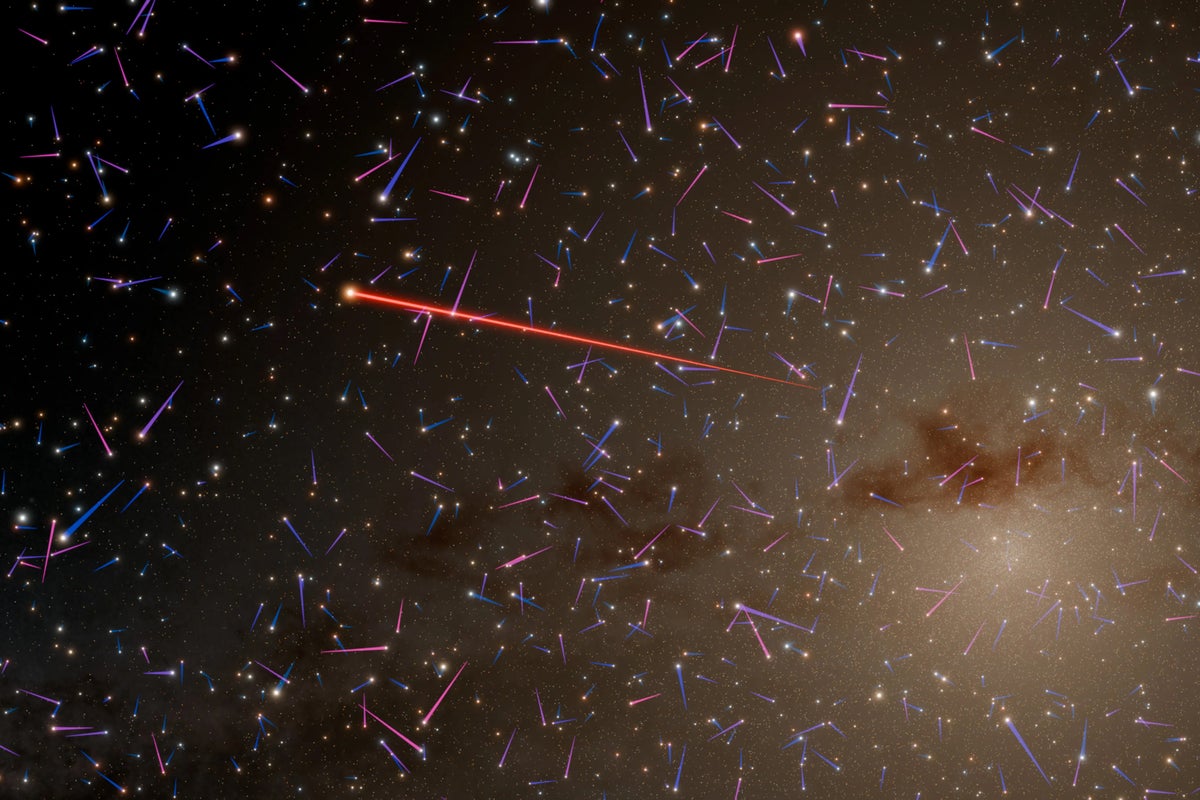Robert Siegel
Citation Glenn Research Center established itself as a hub of heat transfer expertise early in its history. Rooted in basic research, as opposed to applied, this group developed new theories that would transform the body of knowledge up to that point. Robert Deissler, Simon Ostrach, adn Robert Siegel are three of the most influential heat […]
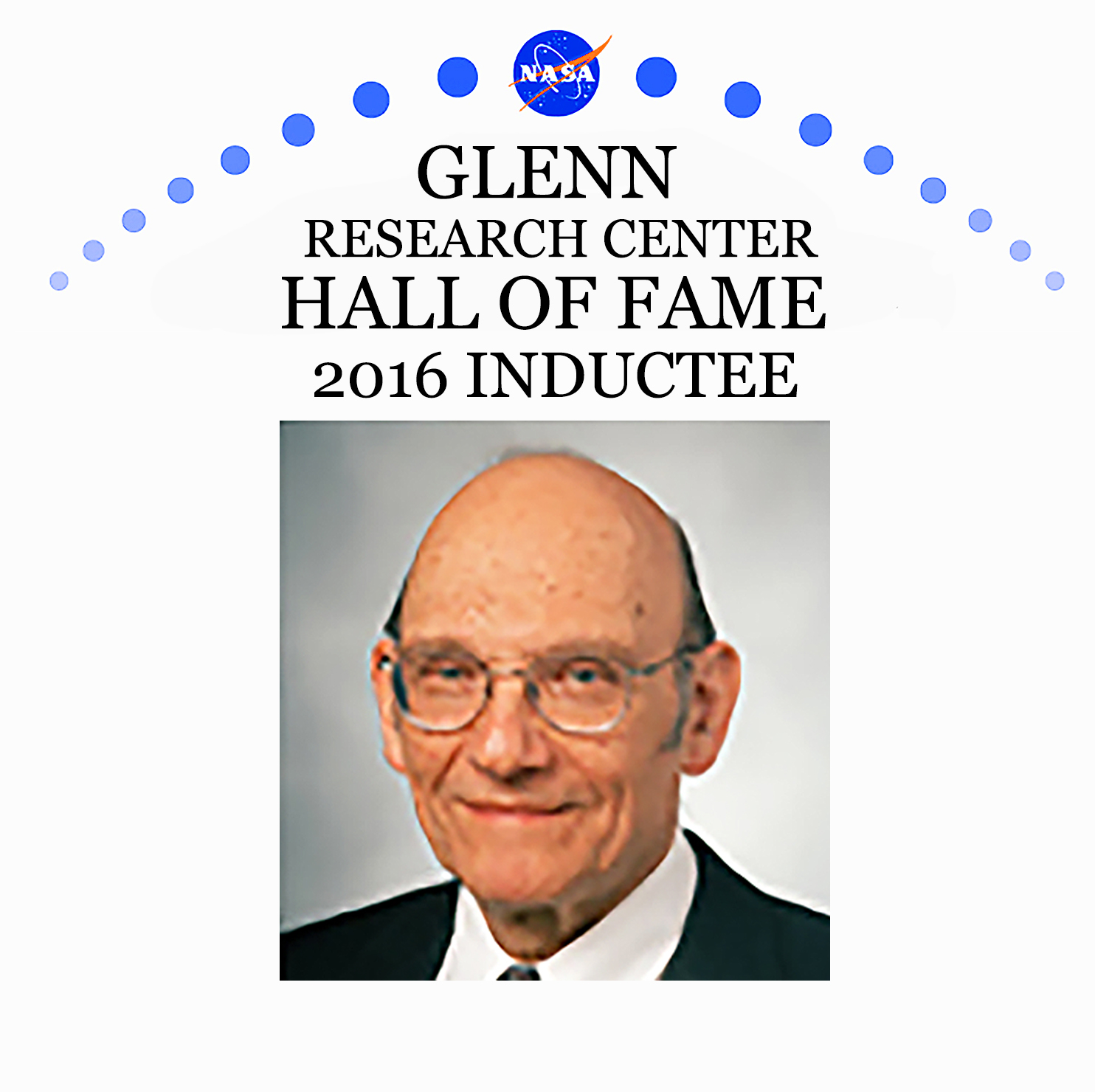

Citation
Glenn Research Center established itself as a hub of heat transfer expertise early in its history. Rooted in basic research, as opposed to applied, this group developed new theories that would transform the body of knowledge up to that point. Robert Deissler, Simon Ostrach, adn Robert Siegel are three of the most influential heat transfer researchers in center history. Their theoretical skills made them world-renown in their own right, and it was the application of their theories that would help the center expand and excel in emerging fields such as jet engines, nuclear propulsion, and space exploration. Both Deissler and Siegel wrote seminal text books on the subject. Ostrach is a pioneer in the fields of buoyancy-driven flows and microgravity science.
Biography
Robert Siegel began his career at the Laboratory in 1955. His first work was with the heat transfer group, investigating issues with nuclear aircraft propulsion. Later, he became head of the Analytical Heat Transfer Section. Siegel began investigating heat transfer for conditions in space, leading him to design the world’s first drop tower in 1957.
Siegel is regarded internationally as an expert on heat transfer, thanks in part to his text book, “Thermal Radiation Heat Transfer,” which he coauthored with J.W. Howell. When Siegel set out to develop a course on heat transfer for the center, he was not able to find a suitable textbook. The course notes he developed grew into this text book, which was published in 1972. There have been five editions of the book, and it has been translated into several languages. It is still used widely as a graduate-level textbook.
In 1970 Siegel was awarded the ASME Heat Transfer Memorial Award, which recognizes pioneers in the field of heat transfer, for his many significant contributions to the knowledge of boiling, radiation, convection, and conduction, including pioneering experiments under zero-gravity conditions. Siegel was elected as an ASME fellow in 1977 and an AIAA Fellow in 1991. In 1986 he was awarded NASA’s Exceptional Scientific Achievement Medal for his numerous important and wide-ranging contributions to the field of heat transfer, including some of the earliest work on zero-gravity boiling, radiation heat transfer in porous media, and transient natural convection heat transfer. In 1996 he was presented with the Max Jakob Award for his distinguished contributions in the field of heat transfer. He retired from NASA in 1999.
Dr. Robert Siegel passed away in September 2017.
Related Documents
Photographs
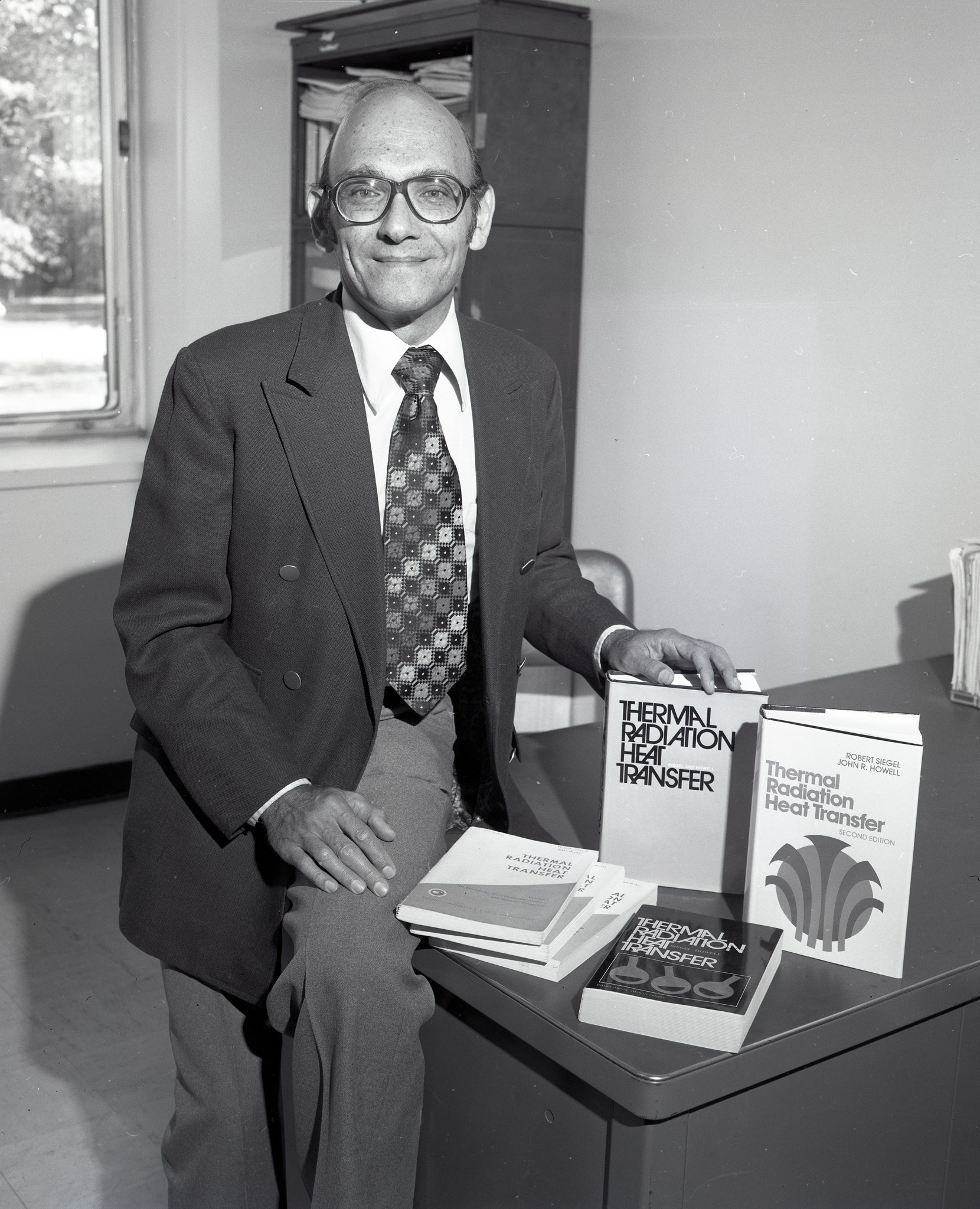
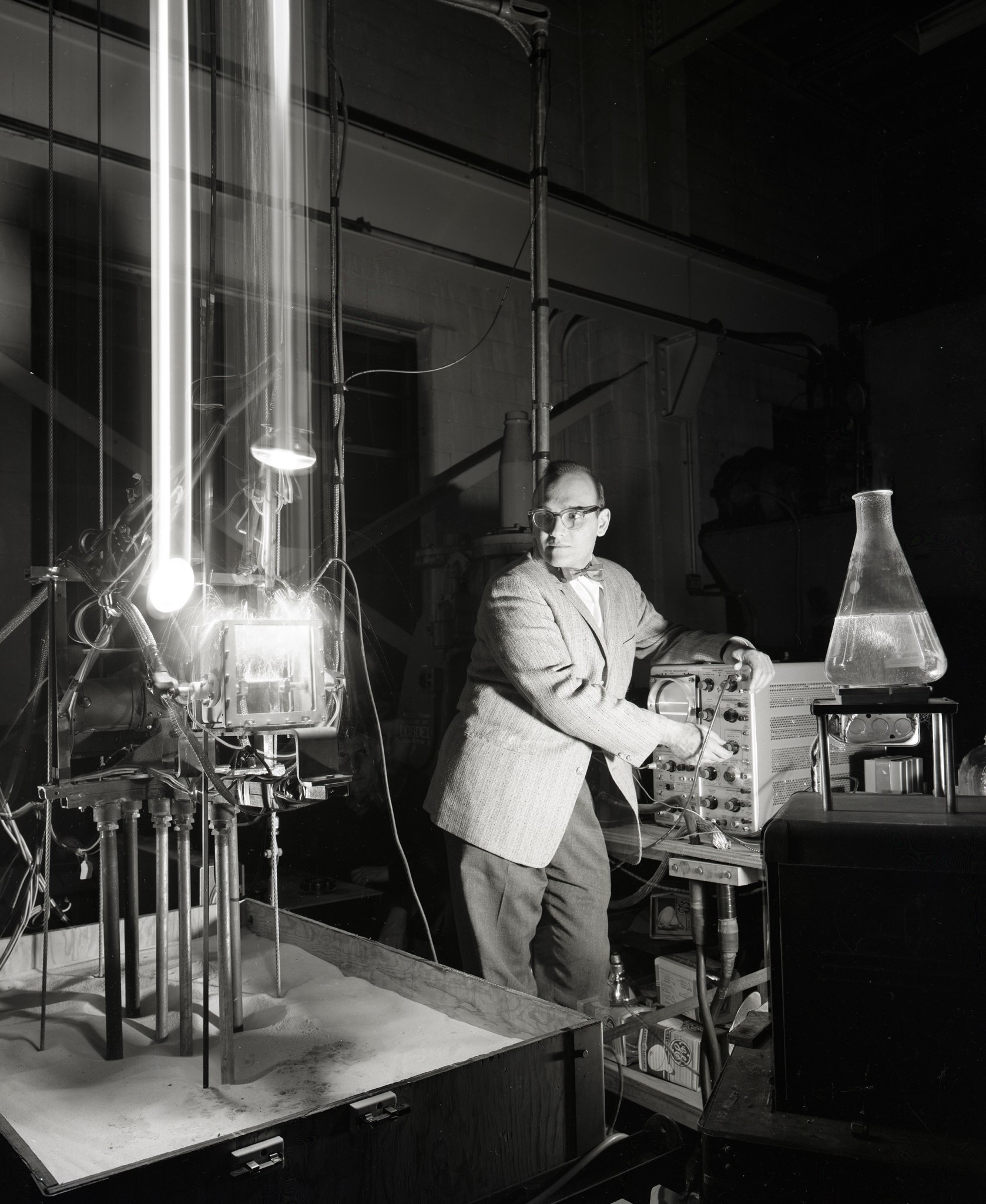
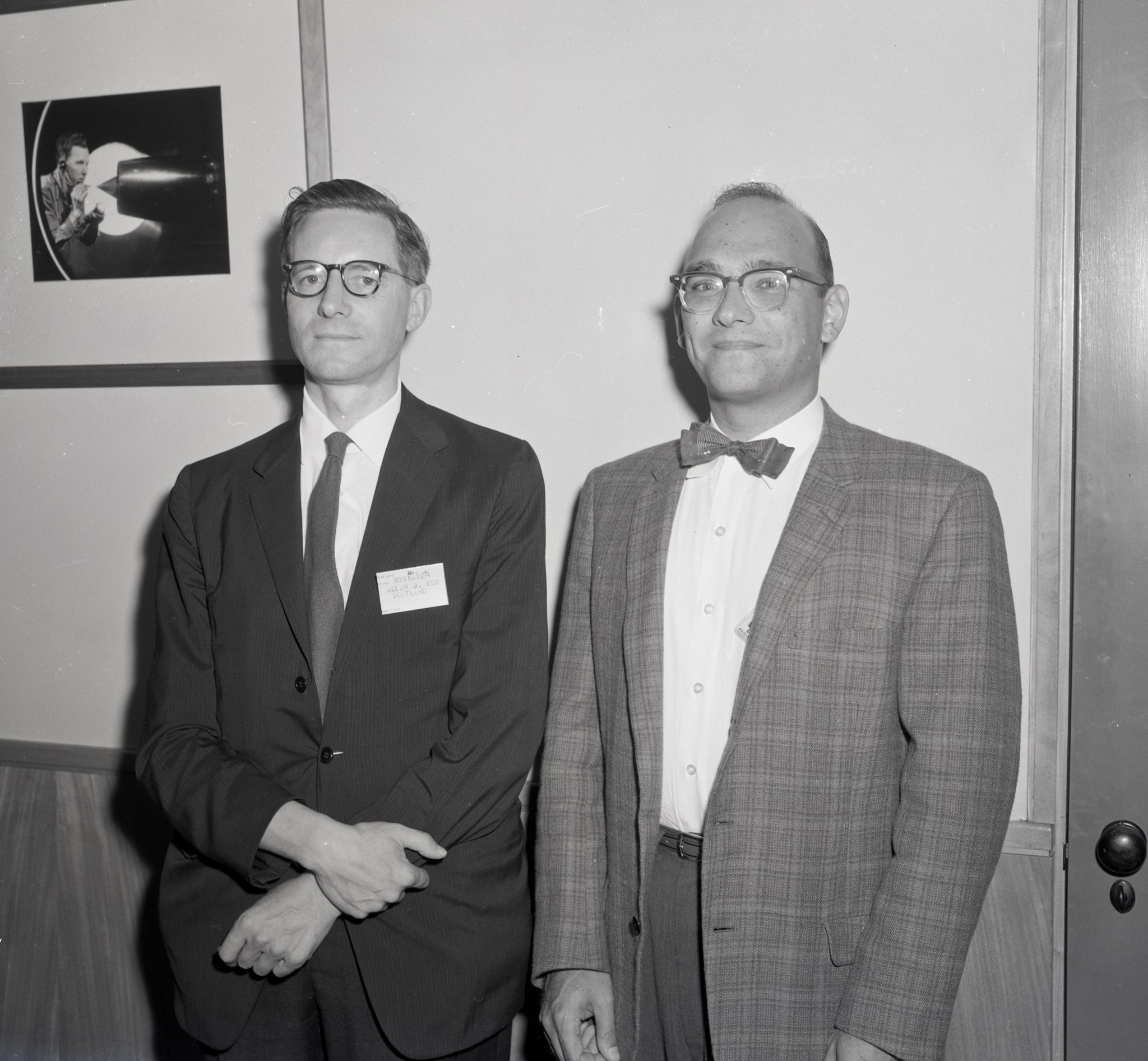
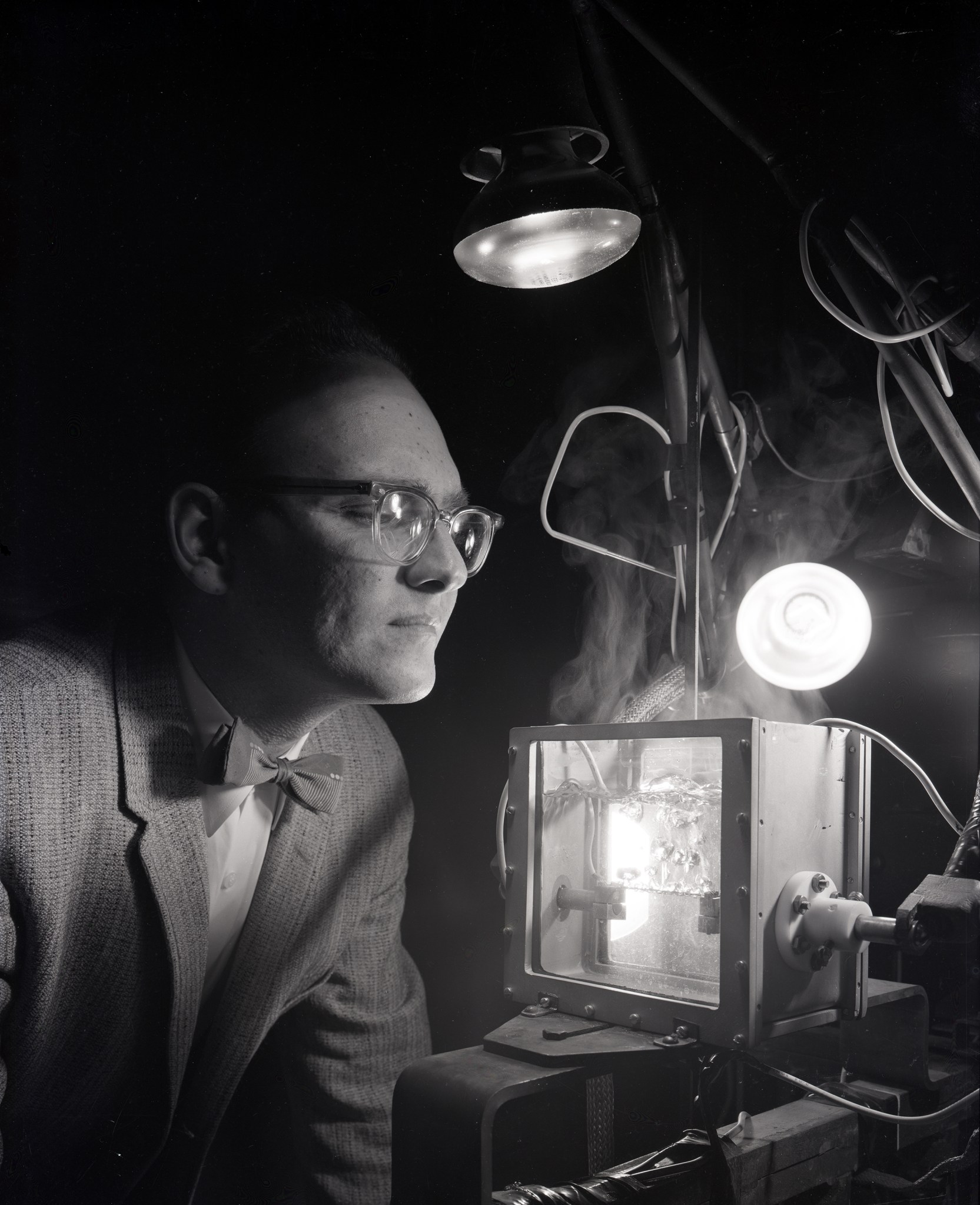
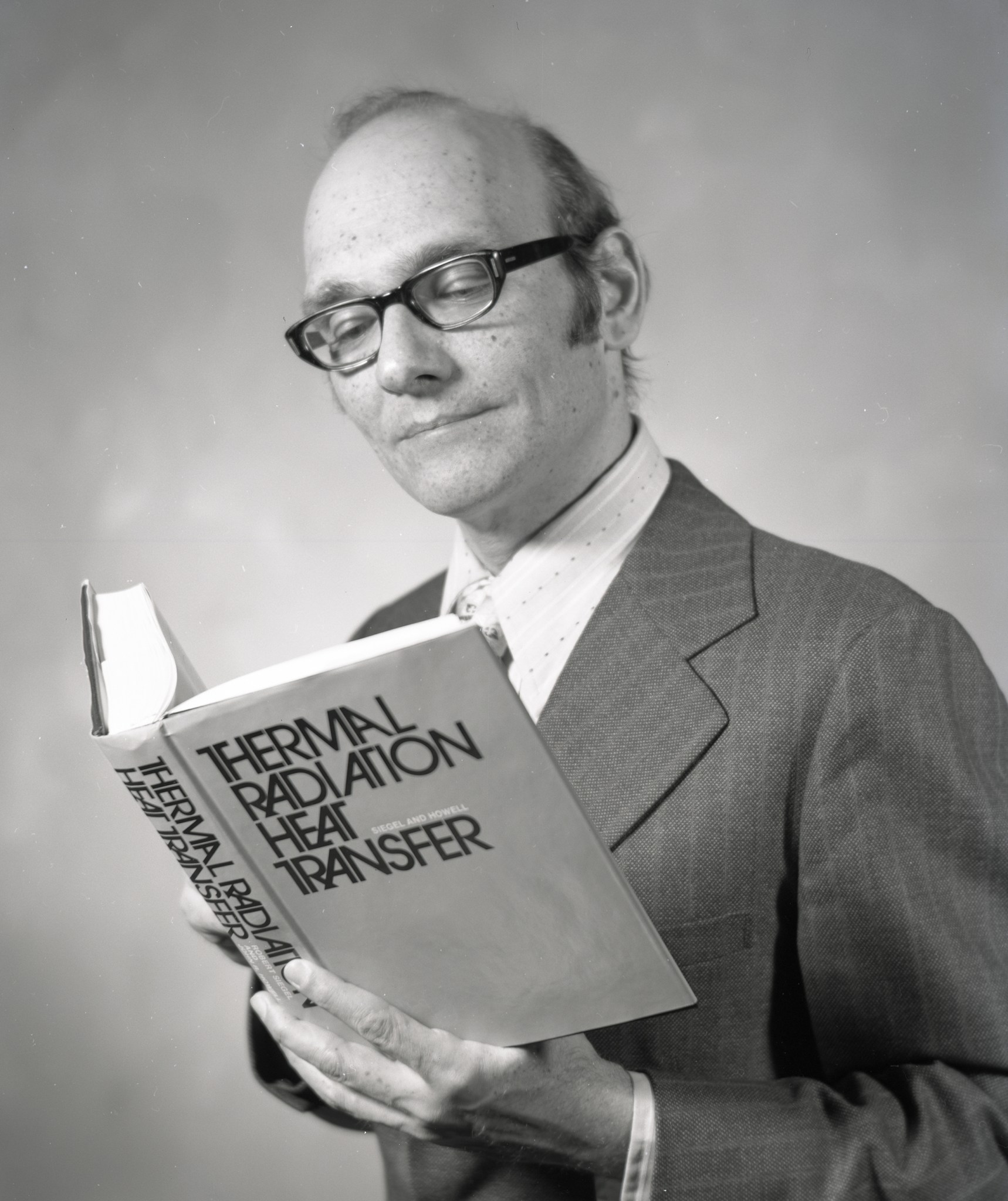
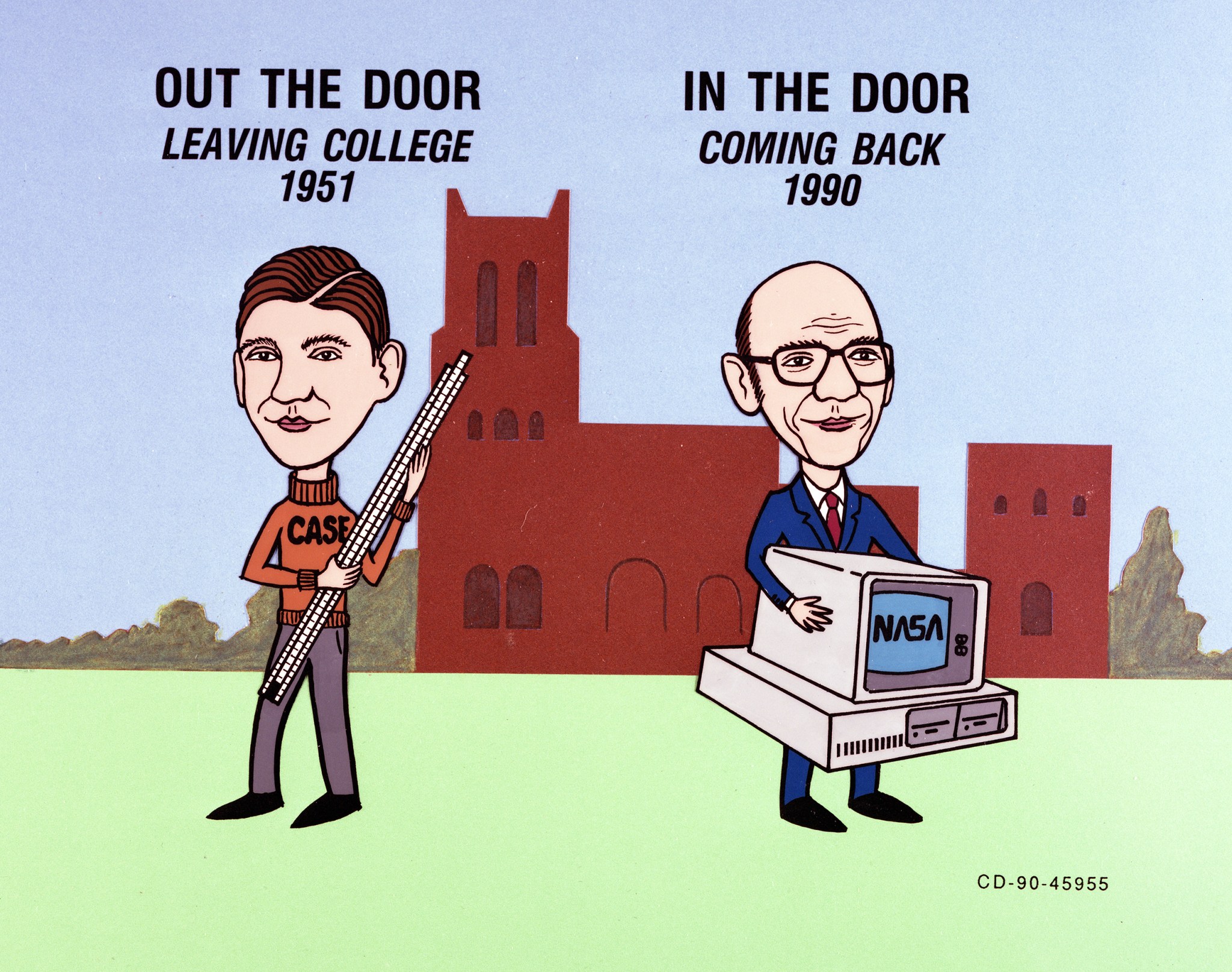
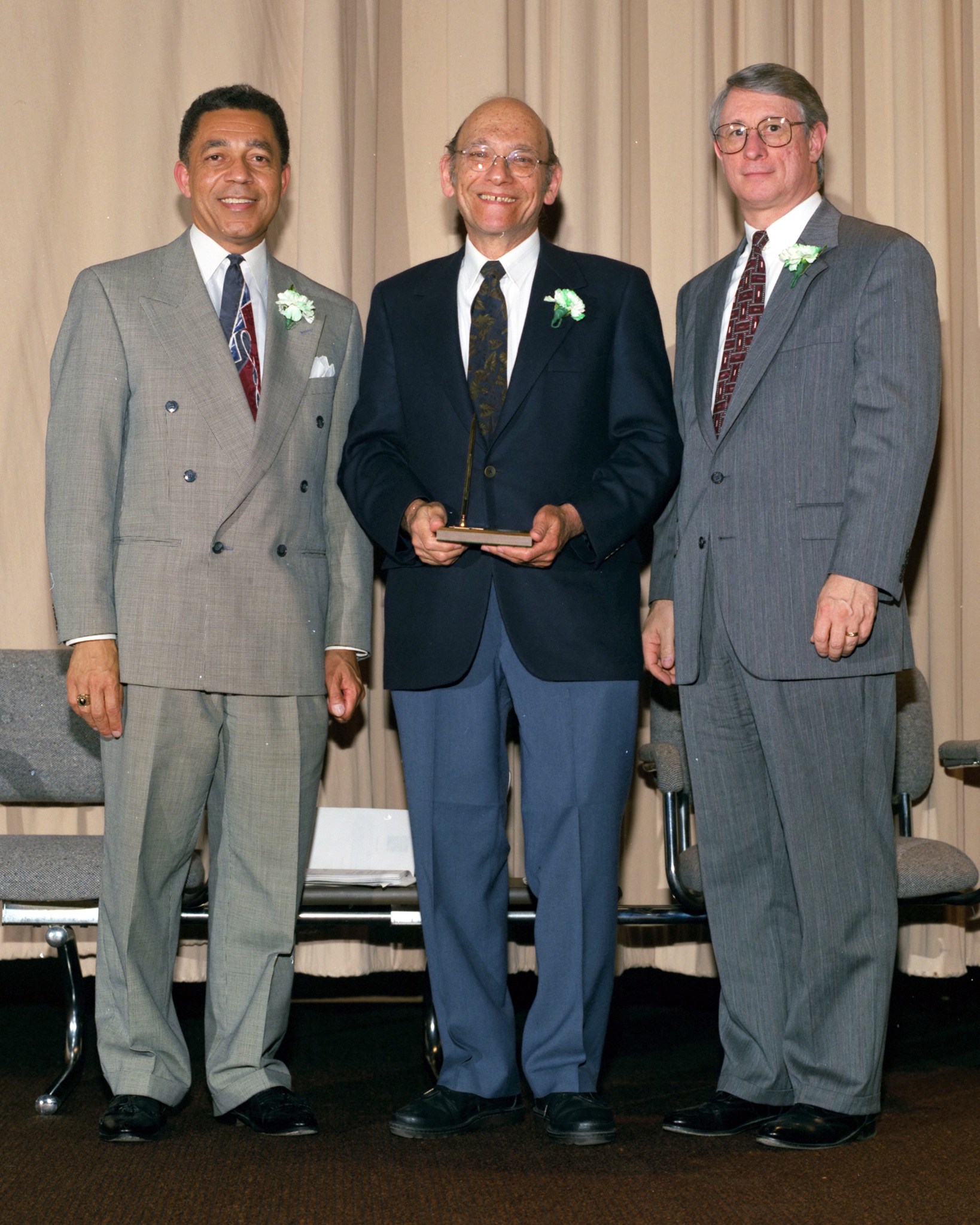
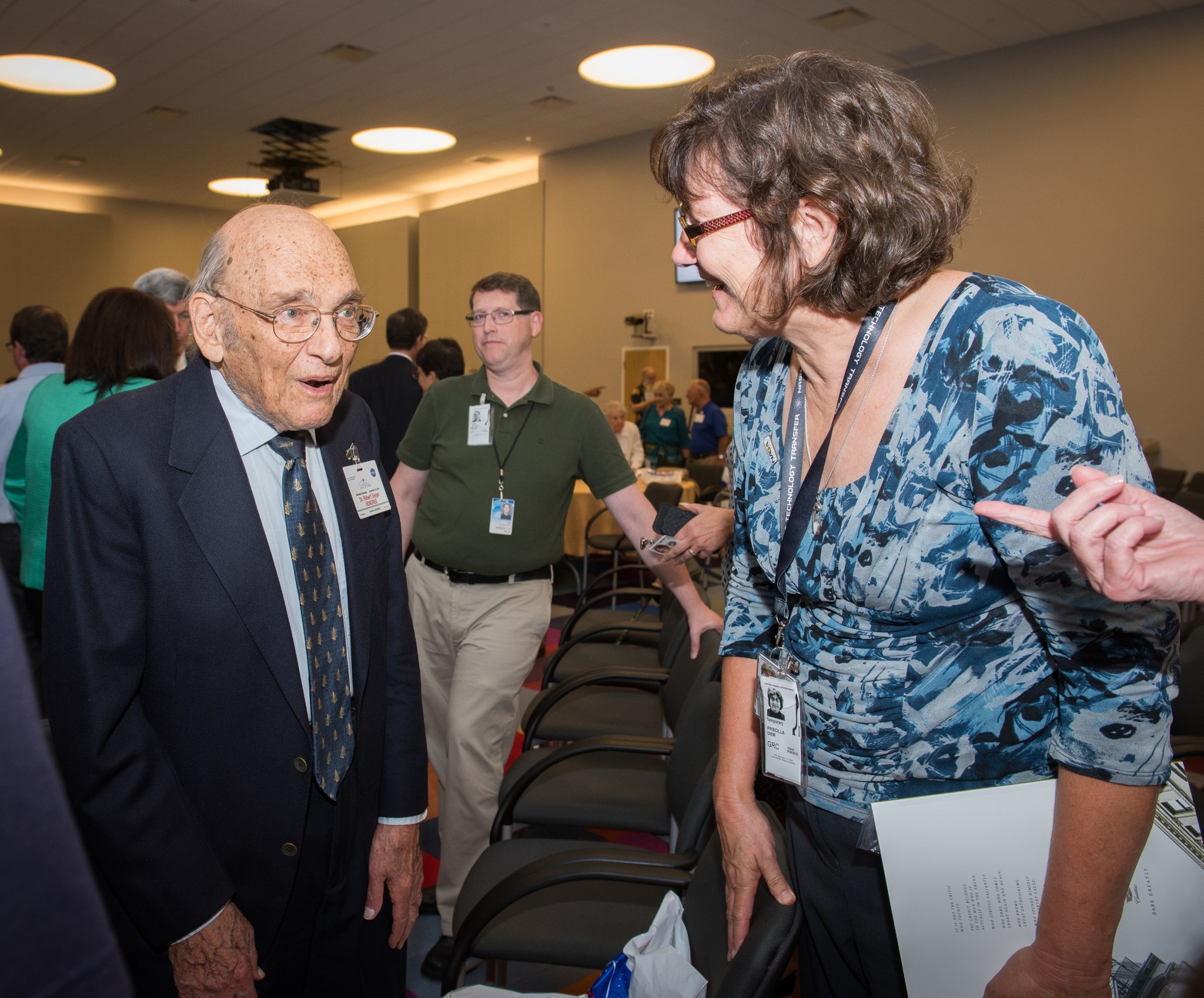
What's Your Reaction?








